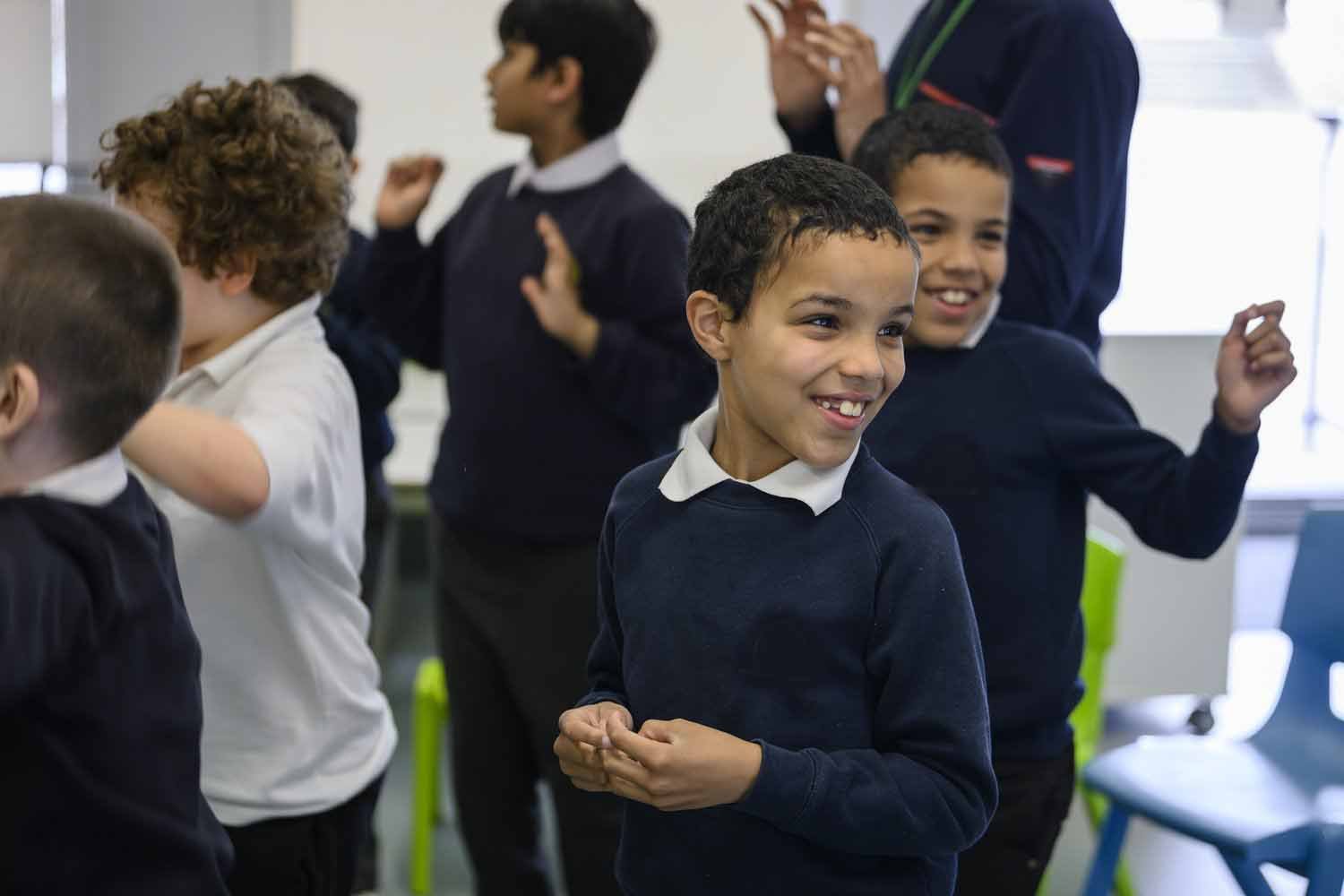Expert In Your Own Experience
Often in class, students are presented with right and wrong answers (for example, 20 ÷ 5 is 4, not 6!). For students who feel anxious about getting things correct, this can make the classroom a tricky place to be; not only are they trying to learn new skills and knowledge, but they are also pre-occupied with getting things “right” and not embarrassing themselves. Teachers are already balancing the need to guide students through their learning, whilst also helping them to build resilience and feel confident in expressing themselves without fear of making a mistake. This is a skill that shouldn't be understated!
One of my approaches in our Speech Bubbles drama sessions is to build this resilience is by creating a low stakes environment. I try to do this by finding ways to allow students to share different answers to questions that are all correct. One method of this approach is Expert In Your Own Experience.
This way of working recognises the many unique life experiences present in the classroom, and respects the lived experience knowledge in the room. By recognising the "expertise" a child brings about their own experiences, their status is elevated in the classroom to create a more equitable and curious-to-learn working space. This approach to learning enables you as the teacher to set the parameters of the group learning activity and what learning goals will be explored and achieved, whilst still recognising that everyone in the group has knowledge to share on these topics and everyone will be learning from each other.
Expert In Your Own Experience In Practice: Show Me
One activity that uses this approach is the game Show Me. In this game, students are given a prompt, and then have 5 seconds to show the group their answer using a still image.
(Note: A still image is a frozen picture that student makes with their body. It’s like someone has come along and taken a photograph of the student doing an activity).
The prompts should ask students to reflect on things that they do in their own lives, and most importantly, the answers they give should be accepted without challenge (although further explanation of what an image shows is encouraged to further dig into the students’ knowledge and experience).
Some examples of prompts include:
- Show me something you do in the morning
- Show me something you do at school
- Show me what you do at the weekend
- Show me something you do with your family
- Show me something that is exciting
By accepting each answer as correct and giving the students the opportunity to further share details about their answer, we communicate to them that their contribution is valuable and we as educators are keen to learn more about what the student has to offer. This helps to build confidence and self-assuredness, which in time helps to build resilience. This is essential so that when a student does give an incorrect answer to a question with a fixed, correct answer, the impact of getting something wrong has less impact on the student, as it is only one example of “failure” amongst many, many more examples of being an expert.


